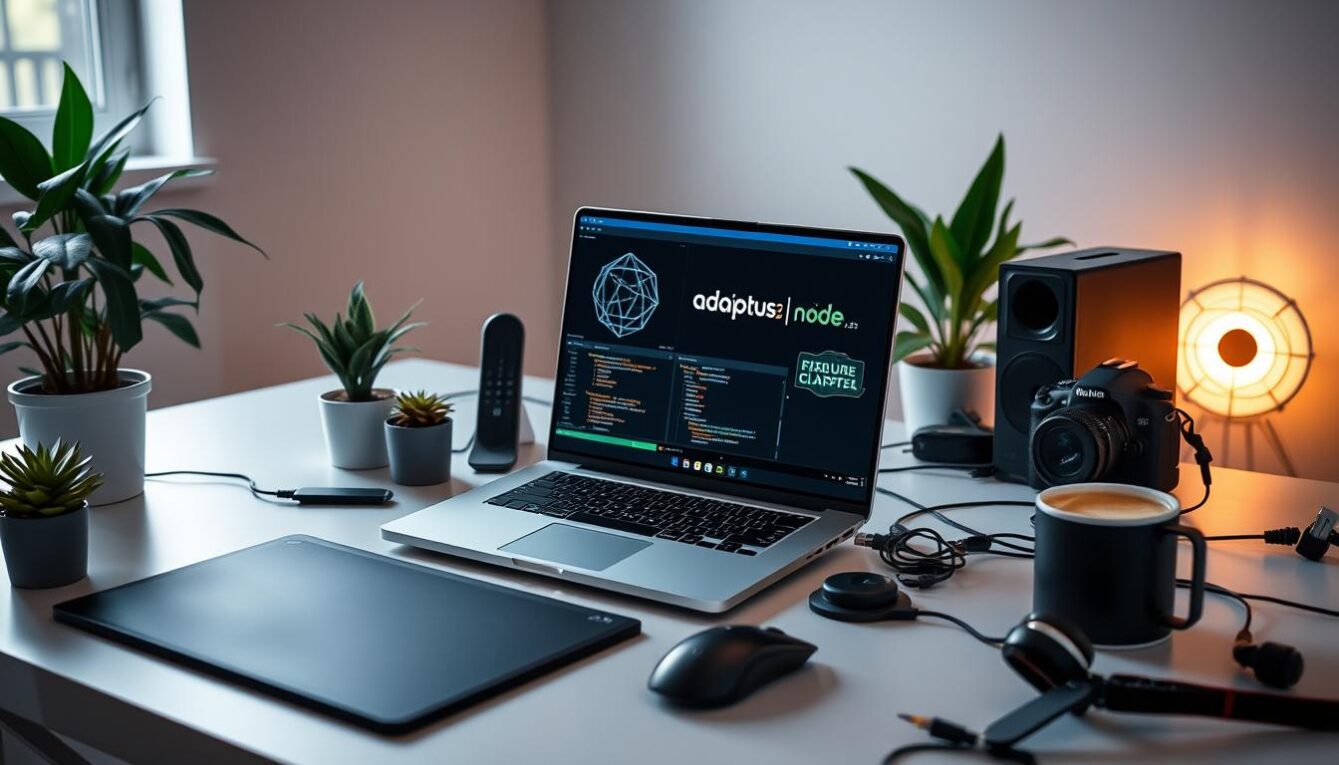Laravel is an open-source PHP web framework that enables developers to create robust and scalable web applications with ease. It boasts a clean and elegant syntax, making development more enjoyable and efficient. However, like any other technology, Laravel requires certain best practices to ensure a smooth and effective development process. In this article, we’ll explore some of the best practices that will help you unleash Laravel’s power and create exceptional applications.
Let’s Laravel: The Ultimate Guide to Best Practices
Follow the MVC Architecture
One of the fundamental best practices for Laravel development is to follow the Model-View-Controller (MVC) architecture. This pattern separates the application logic into three distinct components, making it easier to manage, test, and modify. The model handles data storage and retrieval, the view displays the data, and the controller handles user input and updates the model and view accordingly. By following this architecture, you can create a structured and organized codebase that is easy to maintain and scale.
Use Composer for Package Management
Composer is a dependency manager for PHP that helps you manage third-party packages and libraries. Laravel depends heavily on Composer, and it’s essential to use it for package management. You can use it to install and update Laravel packages, as well as your own dependencies. It also helps in autoloading classes, which reduces the need for manual code inclusion. By using Composer, you can ensure that your application is up-to-date and has access to the latest packages and libraries.
Write Clean and Readable Code
Writing clean and readable code is a crucial best practice for Laravel development. Laravel has a clean and elegant syntax, and it’s essential to maintain that in your codebase. Using meaningful naming conventions, indentation, and comments can make your code more readable and understandable. Additionally, following coding standards like PSR-1 and PSR-2 can help you create more consistent and interoperable code. By writing clean and readable code, you can improve the maintainability and scalability of your project.
Unleash Laravel’s Power with These Best Practices
Use Blade Templating Engine
Blade is Laravel’s built-in templating engine that allows you to create reusable and modular views. It has a simple and intuitive syntax that makes it easy to create layouts and views. You can use it to extend templates, include partials, and loop through data. Blade also has a caching mechanism that improves the performance of your application by reducing the time required to render views. By using Blade, you can create dynamic and responsive UIs that are easy to maintain and update.
Use Eloquent ORM for Database Management
Eloquent is Laravel’s object-relational mapping (ORM) system that simplifies database management. It allows you to interact with the database using PHP objects instead of writing SQL queries. Eloquent provides a simple and intuitive syntax for performing database operations like CRUD (Create, Read, Update, and Delete). It also supports relationships between tables, making it easy to manage complex data structures. By using Eloquent, you can create a robust and scalable database layer that is easy to manage and test.
Use Laravel Homestead for Development Environment
Laravel Homestead is a pre-packaged Vagrant box that provides a complete and isolated development environment for Laravel. It comes with all the tools and software required for Laravel development, including PHP, Composer, and Nginx. Homestead also provides a simple and consistent environment for multiple developers, making it easier to collaborate on projects. By using Homestead, you can set up a reliable and consistent development environment that streamlines your development process.
Laravel is a powerful and versatile web framework that enables developers to create exceptional web applications. By following these best practices, you can unleash Laravel’s power and create robust, scalable, and maintainable applications. Remember to follow the MVC architecture, use Composer for package management, write clean and readable code, use Blade for templating, use Eloquent for database management, and use Homestead for development environment. Happy Laraveling!










